The first thing to be said about zoos is that they are a terrible idea. Some have better research credentials than others, some treat their animals better than others, but all of them are kept in business by charging people to watch animals endure utterly abnormal lives behind bars, behind fences.
It is perhaps arguable – perhaps – that some species can adapt to captivity better than others. But that doesn’t make zoos a good idea.
Most zoos make a commercial virtue out of species for which captivity compromises their lives far beyond anything that their wild kin would tolerate…big cats, giant pandas, hippos, giraffes, bears, that kind of thing.
And here is the one unacceptable truth that Dundee’s Camperdown Wildlife Centre has failed to acknowledge: no animal the length and breadth of the northern hemisphere is more unsuited to captivity than a wolf.
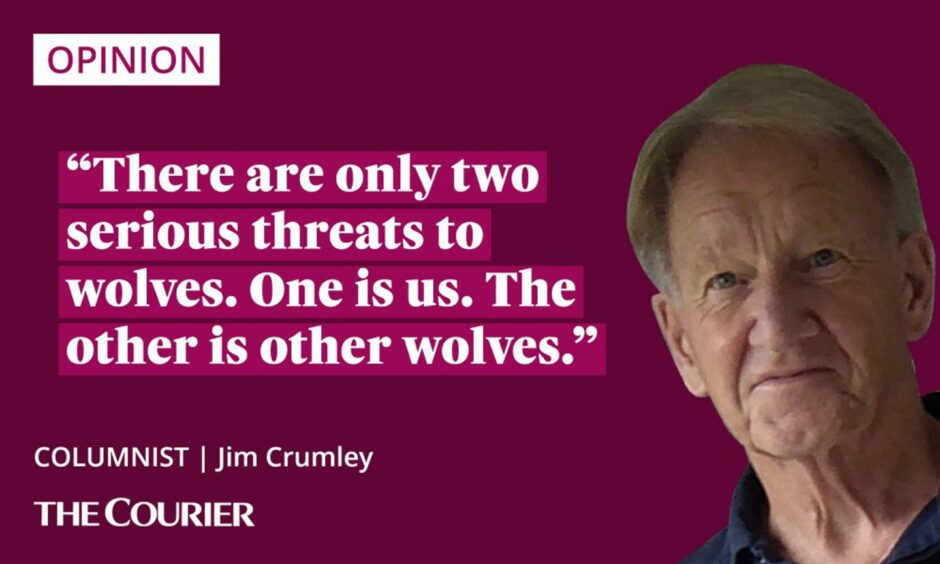
There are two reasons why that is the case.
One is that the wolf’s natural habitat is travel. Deprive wolves of the capacity to travel without limit and you deny them the possibility of life as a wolf.
The other is that they are top predators. And in the northern hemisphere they are THE top predator.
Camperdown wolves were victims of policy
This means they make the rules. This means that all other species with which they share a landscape live wild lives which are shaped to a greater or lesser extent by wolves.
In the wild, there are only two serious threats to wolves, only two species which kill them with any regularity.
One is us, your species and mine, with our guns and traps and poisons and spellbinding quantities of cruelty and ignorance.
The other one, the only other wild species which kills wolves, is other wolves.
Failure to take that simple fact into consideration is the most grotesque aspect of the centre’s decision to kill four healthy wolves after the death of the alpha male.
And you can soften the language any way you like and say they were put down or euthanized or put to sleep. But the bottom line is that they were alive and well and they were deliberately killed, as a matter of policy.
Camperdown wolves were behaving like wolves
Wolf-to-wolf encounters happen in the wild when a pack defends its territory against another pack or when discipline breaks down within a pack.
This might happen when the alpha male is killed or is challenged while he is still alive. Or when a lone wolf tries to lure away one of the lower-ranking females to mate with her and form a new pack.
Mostly challengers are simply disciplined, sometimes badly injured, and occasionally fatally injured.
That’s how it works with wild wolves. With captive wolves, it’s less predictable.
The various people quoted in justifying events at Camperdown have used phrases like “abnormal behaviour” and “unusually anxious behaviour” within the other wolves following the death of the alpha male.
What did they expect?
Wolves are smart and sensitive. They exhibit traits that we might describe as emotional. They care about each other, and about the pack as a unit, attributes we admire in people, in families.
Surely, somewhere within the written or otherwise acknowledged ethos of the Camperdown centre, there is a strategy in place to deal thoughtfully with all the species within its care if something goes wrong, more thoughtfully than just killing things.
So by what right does the centre’s management get to decide that these four healthy wolves, which did nothing other than behave like wolves, should be killed as a matter of policy?
And how much was the decision swayed by the fact that the wolves’ behaviour might upset the paying customers? Might they be distressed at the sight of wolves turning on each each other?
Human behaviour was at fault here
The wholly unacceptable aspect of this tragedy is the fact of the zoo itself.
Only in the circumstances defined by zoos – all zoos – does something like this happen.
An expert has explained what may have led to the pack being put down. https://t.co/nnGrZNbnH8
— The Courier (@thecourieruk) March 29, 2023
Once the decision is made to create a zoo it has to have animals in it.
By definition, these will be animals removed from their comfort zone, from anything like their natural habitat.
And here’s the thing. If, instead of deciding to kill the four healthy wolves, the decision had been to give the wolves the space and time to resolve the situation themselves, if the people had decided to watch and learn how the wolves responded to adversity instead of assuming the worst, then the people would now be much better informed about the nature of wolves.
And one thing is for sure – not all the wolves would have been killed. Quite possibly none of them would. And the discipline within the pack would have been resolved, and quite possibly strengthened.
There are only two serious threats to wolves. One is us. The other is other wolves.
This time – as is so much more often the case, it was us again.
Jim Crumley’s book, The Last Wolf is published by Birlinn.
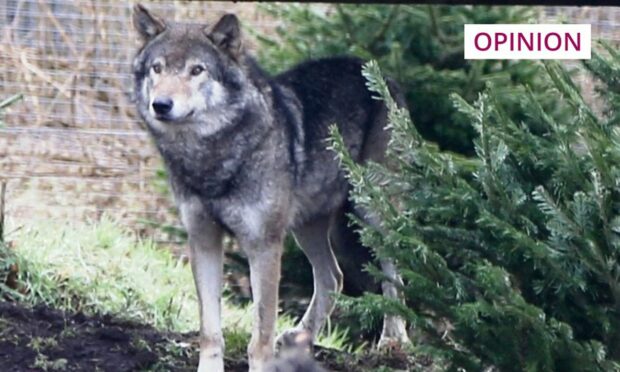
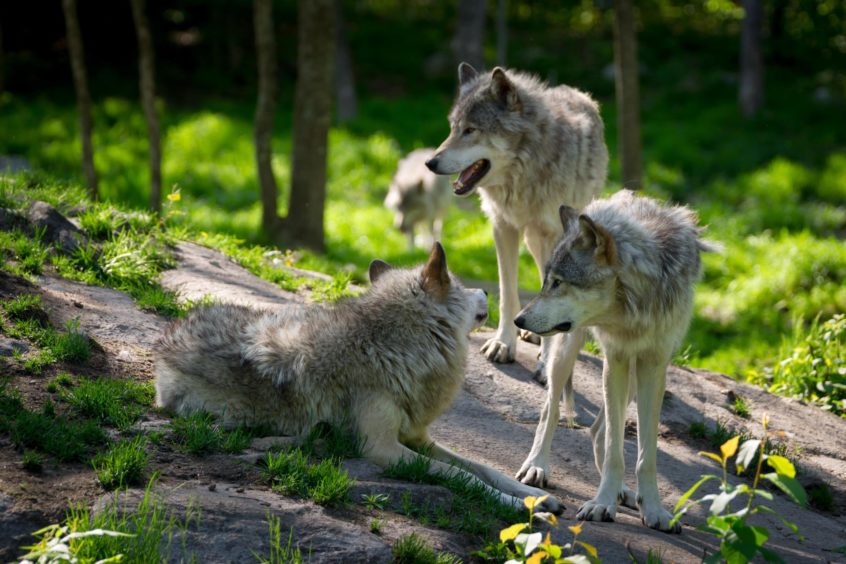
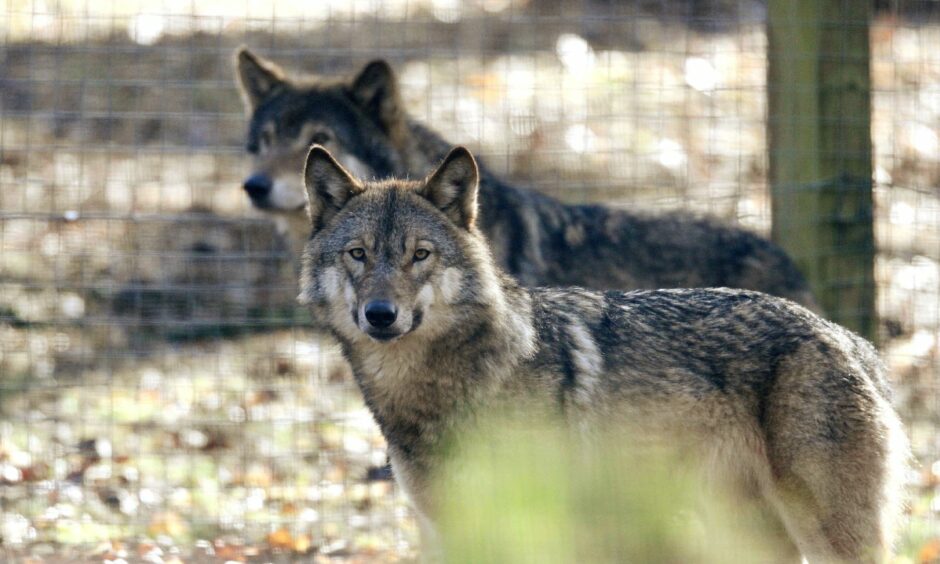
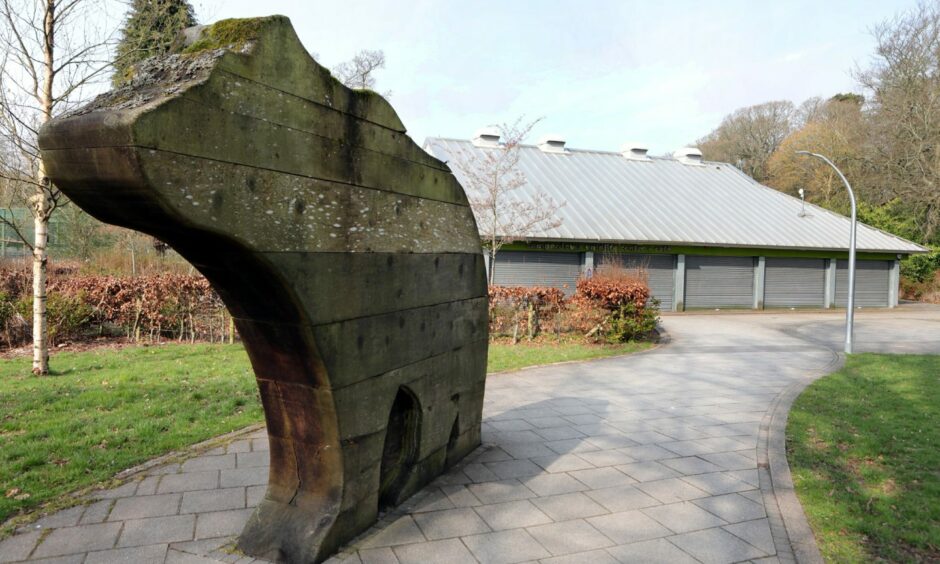
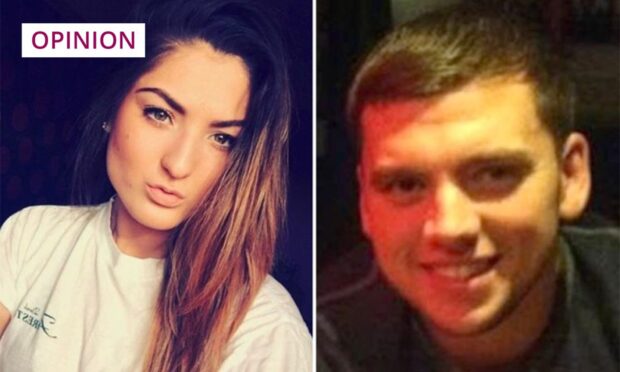









Conversation